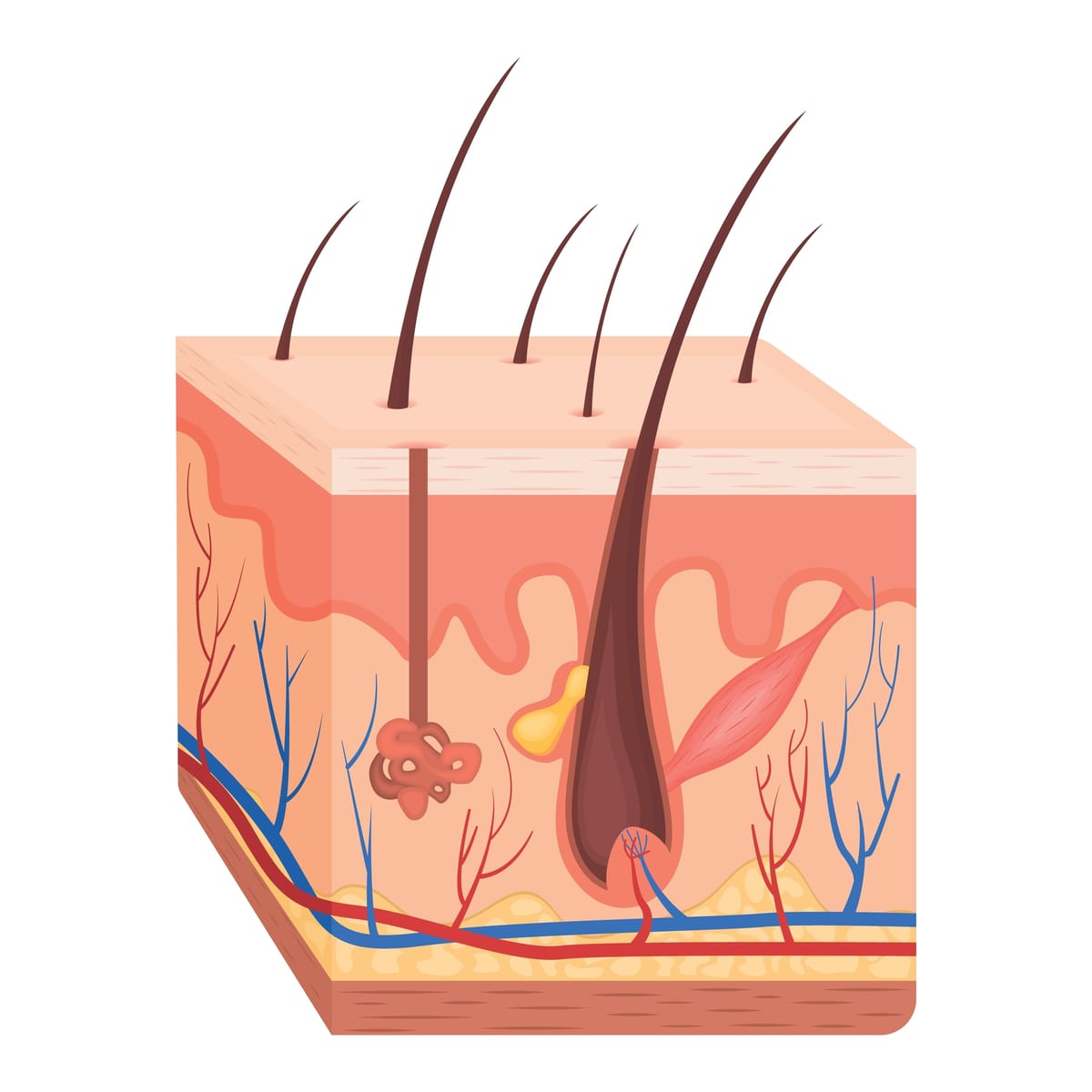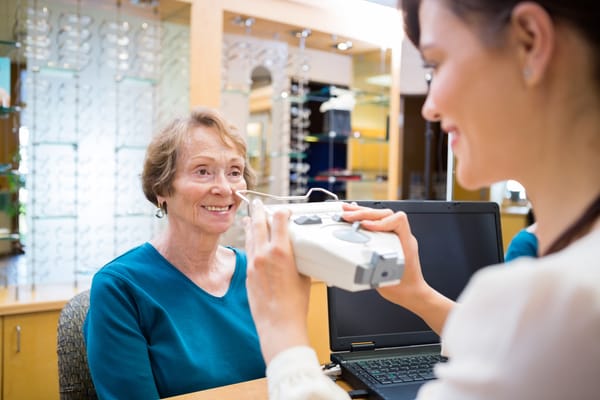Understanding the integumentary system

The integumentary system is a complex network that includes the skin, nails, hair, and various glands. Together, these components form the body’s first line of defense, shielding us from harmful pathogens and environmental hazards.
Skin is the largest organ in the human body, accounting for approximately 15–20% of total body weight. It is composed of three main layers: the epidermis, dermis, and hypodermis (also called the subcutaneous layer). Each layer plays a vital role in maintaining overall health. The epidermis serves as a tough outer barrier, preventing pathogens from entering the body. The dermis, rich in collagen and elastin fibers, provides strength and elasticity while housing blood vessels, nerve endings, and hair follicles. The hypodermis acts as an insulating layer, storing fat and cushioning internal organs. Beyond protection, the skin helps regulate body temperature through sweating and blood flow adjustment. It also plays a crucial role in synthesizing vitamin D when exposed to sunlight, which is essential for bone health and immune function.
Nails protect the sensitive tips of our fingers and toes from mechanical injury. They also enhance fine touch and precision by providing a rigid backing. The visible part of the nail is composed of keratinized cells, and the lunula—the crescent-shaped whitish area at the base of the nail—is where keratinization, the process of hardening and maturing nail cells, is completed.
Hair is primarily made of keratin, a durable fibrous protein that gives hair its strength and resilience. It covers nearly the entire body except for areas such as the palms, soles, lips, and certain reproductive regions. Hair follicles are rooted in the dermis, where the hair bulbs produce new hair cells. Hair serves multiple purposes including protection from UV radiation, temperature regulation by trapping heat, and even sensory input.
The integumentary system also includes several types of glands that contribute to skin health and homeostasis:
· Sebaceous glands secrete sebum, an oily substance that lubricates both skin and hair, preventing dryness and providing a slight antibacterial barrier.
· Eccrine sweat glands are distributed widely across the body and secrete a watery sweat that helps cool the body through evaporation. Their sweat is mostly water with some salts and metabolic waste.
· Apocrine sweat glands, found primarily in the armpits and groin, are connected to hair follicles and produce a thicker, milky sweat that can develop an odor when broken down by skin bacteria.
Together, these components of the integumentary system work in harmony to protect the body, maintain homeostasis, and support overall well-being.
The Boom Health app allows users to book registered nurses, personal support workers, and personal care services, schedule transportation, order prepared meals, rent or purchase medical equipment, and get emergency assistance. Download the app from the App Store or Google Play Store.
This article is not intended to be a substitute for professional medical advice or diagnosis. Always seek the advice of your physician or another qualified health provider with any questions you may have regarding a medical condition.




